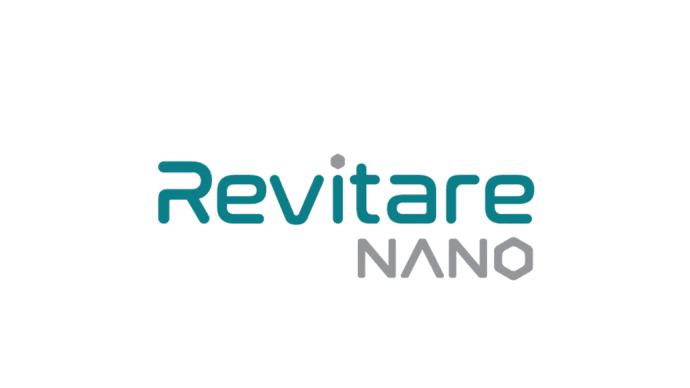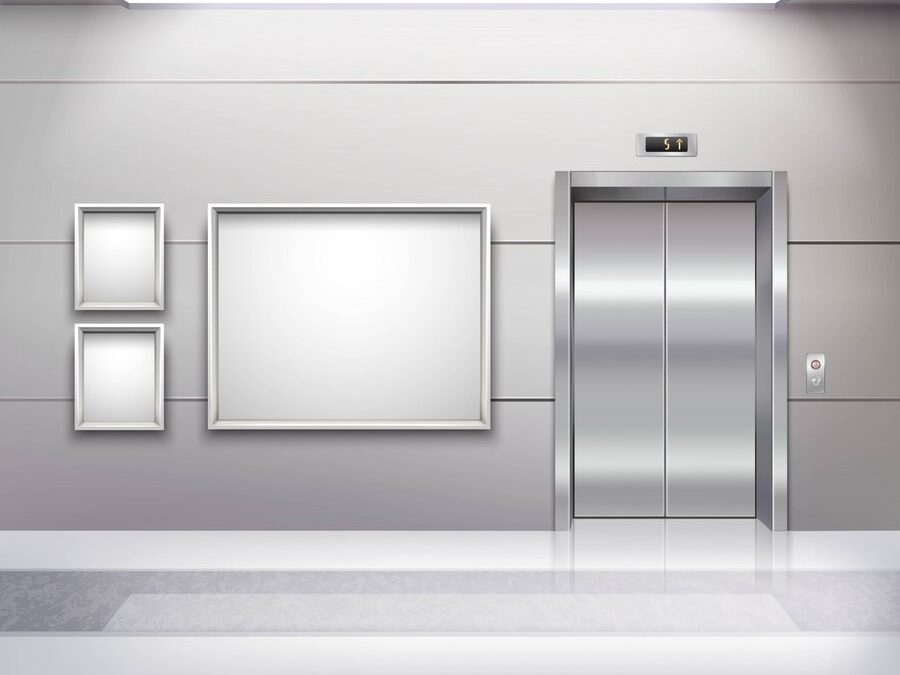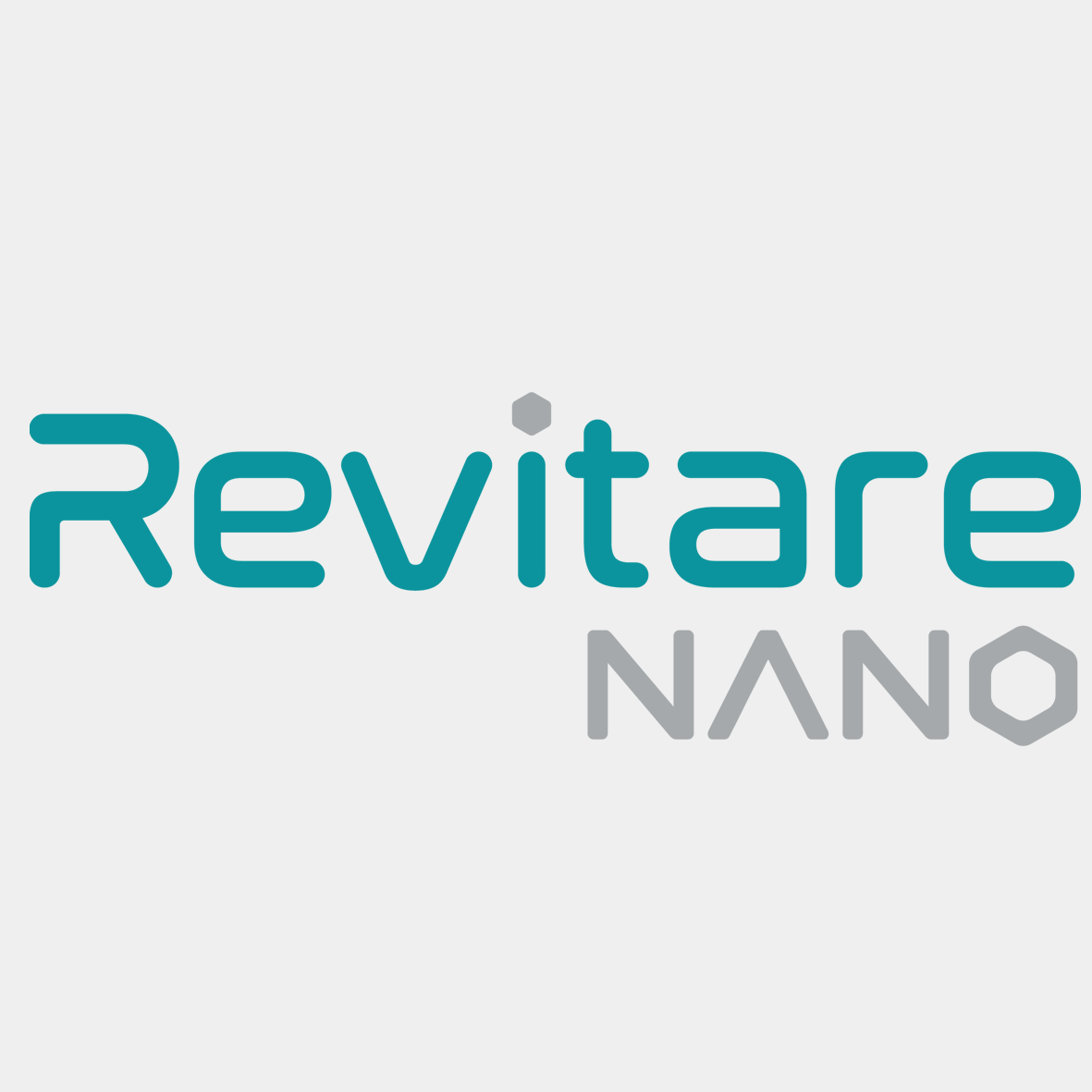While hospitals have become sanctuaries for healing, there is a hidden challenge that threatens patient health. In an instant, hospitals can turn into a covert battlefield against microorganisms that are invisible to the naked eye. Despite significant advancements in healthcare, healthcare-associated infections (HAIs) continue to pose a major challenge to hospitals worldwide. These infections are not just a medical issue leading to increased rates of illness and death among patients but also represent a financial burden on healthcare systems.
Seemingly clean surfaces may not be entirely safe, as microorganisms can persist on them for extended periods, making them dangerous sources of infection. HAIs, which occur in environments that are supposed to be sterile, impose a heavy burden on healthcare systems, with microbes easily transferring from surrounding surfaces to patients. So, how can we combat these disease-causing agents that stealthily infiltrate hospital rooms?
Conversely, silver ions emerge as one of the innovative solutions to tackle these healthcare-associated infections. Scientific studies have shown that silver possesses strong antimicrobial properties, making it capable of significantly reducing bacterial contamination levels. Historically, silver has been used as a natural antibacterial agent, and now this technique is making a comeback in the form of antimicrobial surface coatings for hospitals. These coatings help prevent the spread of microbes, particularly on surfaces subjected to frequent use. Experiments have demonstrated that using silver ions can reduce the presence of pathogenic bacteria on surfaces by up to 95%, making it an effective tool in the fight against hospital-acquired infections.
Ongoing Challenges in Combating Environmental Surface Contamination in Hospitals and Its Role in Infection Spread
An experimental study conducted by the Heart of England NHS Foundation Trust in the United Kingdom revealed that treating surfaces with ionic silver can reduce bacterial contamination levels in healthcare settings by up to 95.8%. In hospital environments where cleanliness and disinfection are critically important, hidden surfaces can harbor deadly pathogens that survive for extended periods. Some microorganisms, such as methicillin-resistant Staphylococcus aureus (MRSA), Acinetobacter spp., and Pseudomonas aeruginosa, are among the most dangerous and can remain on inanimate surfaces for several months. However, the challenge lies not only in the ability of these organisms to survive but also in the various factors affecting their persistence and spread, such as surface nature, humidity conditions, temperature, and the effectiveness of cleaning and disinfection methods. The duration of microbial survival on inanimate surfaces varies, with some organisms living for extended periods, increasing the risk of infection transmission. Despite widespread belief about the role of the environment in infection spread, scientific evidence remains limited due to the scarcity of experimental studies linking environmental contamination to hospital-acquired infections.
Relying on traditional cleaning methods, such as using water, detergents, and disinfectants, often proves insufficient to ensure complete eradication of microbes, even when surfaces appear clean. Many thorough tests have frequently revealed organic residues and pathogens despite superficial cleaning. Additionally, the effectiveness of the cleaning process heavily depends on the correct use of disinfectants and precision in execution.
With the reduction of healthcare budgets, hygiene protocols are negatively impacted, leading to frequently touched surfaces becoming reservoirs for microbes. This, in turn, increases the likelihood of infection transmission among healthcare workers, patients, and visitors, highlighting the urgent need to seek more effective solutions to mitigate this risk.
Effectiveness of Silver Ion Antimicrobial Coatings in Reducing Surface Contamination in Healthcare Settings
In the ongoing effort to improve hygiene standards and reduce the risk of healthcare-associated infections, research is increasingly focusing on the development of antimicrobial surface coatings. These innovations go beyond traditional methods and offer potential solutions for managing environmental contamination in healthcare settings. Antimicrobial coatings, particularly those containing silver ions, provide a promising new approach to enhancing cleanliness in hospitals by effectively reducing microbial counts compared to untreated surfaces. Studies have shown that antimicrobial coatings play a significant role in decreasing contamination on surfaces in clinical environments. For example, research has demonstrated that silver, with its biocidal properties, can effectively reduce bacterial counts. An experimental study conducted by the Heart of England NHS Foundation Trust revealed that surfaces treated with silver ions could reduce bacterial levels in healthcare environments by up to 95.8%. This study involved the use of coatings that incorporate nano-clay combined with silver ions, ensuring an even distribution of antimicrobial activity across surfaces. These coatings were applied to various surfaces in the Post Anesthesia Care Unit (PACU) and compared with untreated surfaces to assess their effectiveness.
Evaluating the Effectiveness of Silver Ion Antimicrobial Coatings in Reducing Surface Contamination in the Post-Anesthesia Care Unit
In the context of combating infections in hospitals, improving the effectiveness of antimicrobial coatings is a crucial step towards enhancing hygiene standards and reducing the risk of healthcare-associated infections. The experimental study conducted on surfaces in the Post-Anesthesia Care Unit (PACU) demonstrates how silver ion coatings can make a significant difference. By comparing treated surfaces with untreated ones, the study aimed to determine the extent to which these coatings can reduce surface contamination and improve the healthcare environment. The study included:
- Study Overview: A comparison between surfaces treated with antimicrobial coatings and untreated surfaces, with monitoring of surfaces in the PACU for 3 months.
- Study Results: Treated surfaces showed lower levels of contamination compared to untreated surfaces. Additionally, contamination was higher on smooth surfaces compared to rough surfaces, and the effectiveness of the coatings was greater when applied using a roller compared to spraying.
- Contamination Analysis: Treated surfaces exhibited less contamination compared to untreated ones, with samples from the earlier weeks being more prone to contamination than those from the later period.
This study provides strong evidence of the effectiveness of antimicrobial coatings, particularly those containing silver ions, in reducing surface contamination in healthcare environments. This technology could contribute to improving hygiene standards and decreasing the risk of healthcare-associated infections, thereby providing a safer environment for patients and healthcare workers.
Sources



